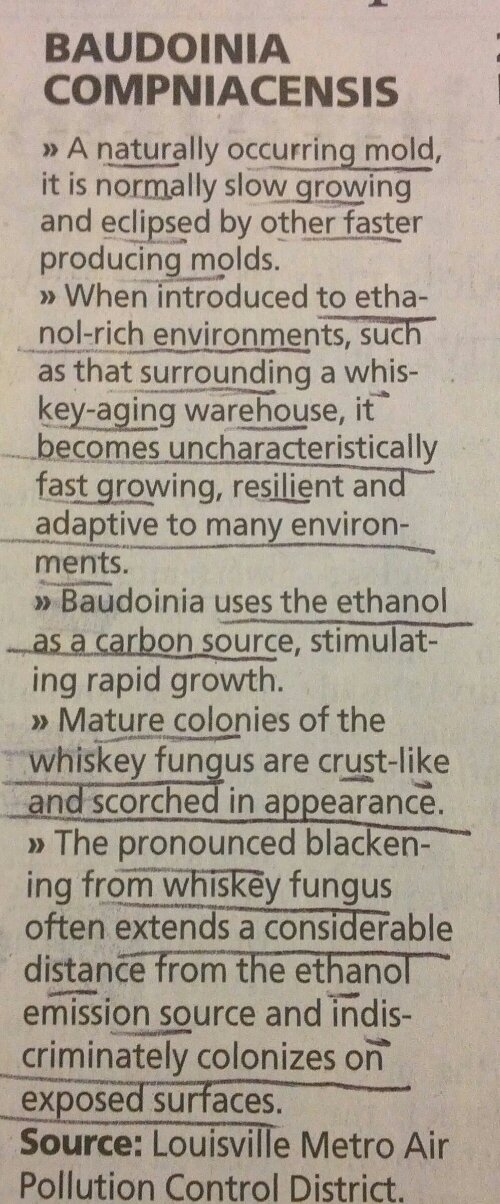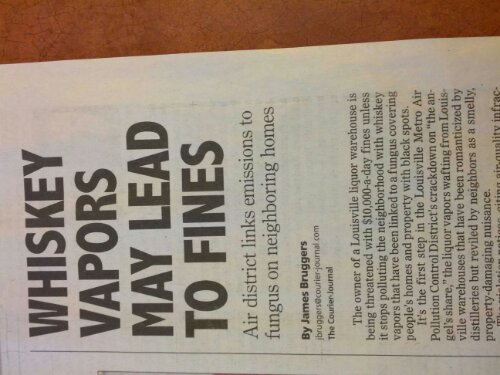Organic is NO safer than Mass produced foods…actually, there seems to be more organic raised foods being recalled. It takes Metrosexuals…longer to learn….they simply ignore history.

Homeowners who keep chickens in their backyards have little way of knowing whether their eggs might be contaminated unless they have them tested themselves.
By JULIE SCELFO
Published: October 8, 2012 108 Comments
TO the long list of food conundrums, add this: research has found elevated levels of lead in eggs from chickens in New York City public neighborhood gardens.
Preliminary results from a New York State Health Department study show that more than half the eggs tested from chickens kept in community gardens in Brooklyn, the Bronx and Queens had detectable levels of lead, unlike store-bought counterparts. While lead is a naturally occurring element that is ingested in a variety of ways, it has been well established to be harmful to humans, even in very low amounts.
Henry M. Spliethoff, a research scientist in the Bureau of Toxic Substance Assessment for the environmental health center of the State Health Department, tested 58 eggs from chickens living in New York City gardens and found that 28 of them contained lead in amounts of 10 to 73 parts per billion, with one egg having more than 100 parts per billion.
How to regard those results is a complicated question. If anything, they show how, as the locavorism gospel has spread, so, too, have questions about the safety of food cultivated in neighborhoods where previous revolutions were industrial, not epicurean.
Homeowners who keep chickens in their backyards have little way of knowing whether their eggs might be contaminated unless they have them tested themselves. The researchers tested 58 eggs from community gardens because those eggs were accessible and that was the number of eggs that met the criteria of their study.
Mr. Spliethoff plans to publish the study later this year after he finishes more analysis of data collected on soil and feed, in hopes of learning how those variables might contribute to the eggs’ lead content. In the meantime, he notified all the study participants of the results and provided them with a list of tips for reducing lead exposure.
Still, the Department of Health is taking a cautious approach to explaining how the preliminary findings should be interpreted, saying it takes lead poisoning seriously but does not want to discourage urban gardeners from eating nutrient-dense eggs.
“We generally support chicken raising,” Mr. Spliethoff said. “However, we also support reducing lead exposure.”
The Food and Drug Administration does not have an established limit for acceptable amounts of lead in eggs, relying instead on a case-by-case approach to instances of contamination, a spokesman said. But in December 2005, after complaints about candy wrapped in colored papers that had lead, it established 100 parts per billion as the maximum acceptable lead level for candy likely to be consumed frequently by small children.
In the European Union, any poultry except game found to contain more than 100 parts per billion must be removed from the market, said Frédéric Vincent, a spokesman for the E.U. division of health and consumer policy. The United States Department of Agriculture Food Safety and Inspection Service does not have established limits for lead content in poultry.
In New York, an urban gardening group called Healthy Soils, Healthy Communities helped Mr. Spiethoff conduct the study, after finding almost no data on the safety of eating eggs from the gardens, even though tests often show soil contamination.
Michael Brownstein, 32, a philosophy professor who keeps six hens of various breeds in the backyard of his renovated town house in Fort Greene, Brooklyn, was concerned enough about the issue that this year he had his eggs tested by Zhongqi Cheng, the director of the Environmental Science Analytical Center at Brooklyn College.
Dr. Cheng, who also investigated eggs from another Brooklyn backyard, found that while some eggs were lead-free, others contained an average of 11.5 micrograms, an amount nearly double the 6 micrograms identified by the F.D.A. in 1993 as an acceptable daily intake level for children 6 years old or younger.
Dr. Cheng also found that egg yolks had a substantially higher concentration of lead than whites, something that scientistspreviously identified in a study of hens on a small farm in Iowaexposed to lead-based paint.
Confused about whether to continue feeding his eggs to his 6-year-old and 18-month-old, Mr. Brownstein consulted with their pediatrician and then a second doctor before deciding it was safe. But he said he wished there were clearer guidelines.
“When you get a soil test, there are easy-to-understand guides to interpreting the results: Do this, don’t do that,” he said. “But nothing like that exists for eggs, and that would be handy.”
Declan Walsh, 44, a Dublin native and father of three who has kept chickens for nine years behind his home in Red Hook, Brooklyn, said he has always been aware that the eggs could contain small amounts of lead and was unconcerned.
“The benefits of raising your children with an awareness of where your food comes from and having an honest relationship with your livestock way, way outweighs the possibility that they might encounter a heavy metal,” Mr. Walsh said.
“If your alternatives are trusting the industrial food system versus what’s in your backyard,” he said, the decision was easy. Eating eggs from chickens you raise “exposes you to a much healthier mind-set and physical well-being.”
But Tamara Rubin, 42, a mother of four boys in Portland, Ore., who founded the Lead Safe America Foundation after her children were diagnosed with lead poisoning, said parents must be vigilant.
“It just takes a microscopic amount of lead to poison a child,” Ms. Rubin said. “Government agencies don’t want to frighten the public when, in fact, I think we need to be a little bit frightened into action. We need to be made aware of the scope and impact of lead poisoning in our lives.”
Mr. Brownstein ultimately decided to feed his children his backyard eggs based on favorable results of lead tests administered by their pediatrician. “You can get freaked out about anything,” he said, “and I think whether it’s mercury in fish or lead in eggs, you do your best to take the most reasonable path and find the most reliable sources for information.”
“Thinking about the right way to eat is a benefit and a curse,” Mr. Brownstein added.
Related articles
- City Chickens Lay Leaded Eggs (abcnews.go.com)
- Eggs & Salmonella: What You Should Know About Food Safety and Eggs – Food Safety (thekitchn.com)
http://www.nytimes.com/2012/10/10/dining/worries-about-lead-for-new-yorks-garden-fresh-eggs.html?hp

